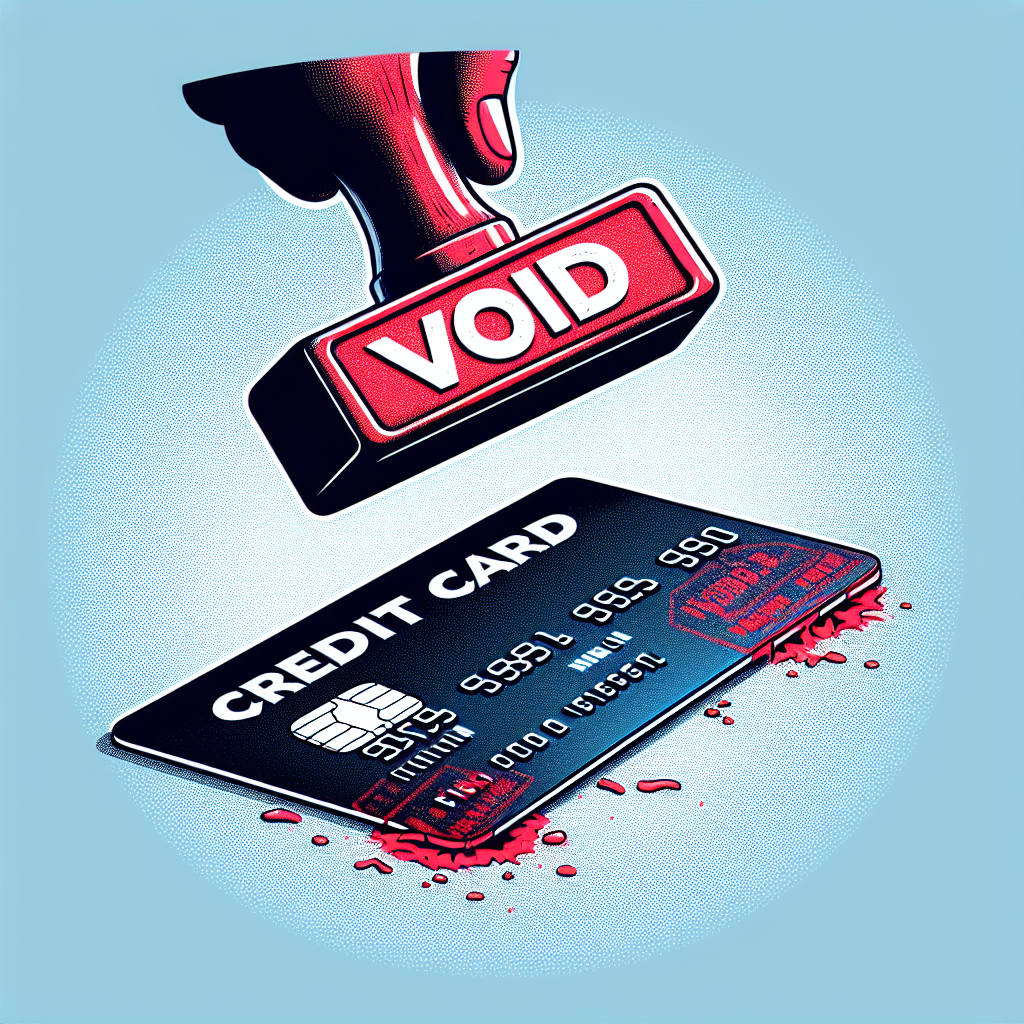Key Insights at a Glance
- Return protection is a perk found in select credit cards provided by issuers such as American Express and Chase.
- To tap into this safeguard, your payment must be made using a card that includes this feature for qualifying purchases.
- Each credit card network and card brand crafts its own unique terms and conditions—digging into the fine print is essential to understand your coverage.
When Buyer’s Remorse Meets No-Return Policies
Imagine snagging a pricey lamp from a swanky boutique, only to regret it the moment you step through your front door. You hustle back to return it, but the store’s no-return stance slams the door on your plans.
At this crossroads, credit card return protection might swoop in to save the day—but only if the lamp was purchased with a qualifying card. Though a valuable fallback, this benefit is becoming increasingly rare and often comes tied up in complicated stipulations.
Despite the labyrinth of fine print and loopholes, this coverage can be a lifesaver for shoppers wrestling with second thoughts. Keep reading for a comprehensive dive into how return protection operates, the usual terms that govern it, and the hidden clauses that can emerge when you make a claim.
Decoding Credit Card Return Protection
Return protection is a credit card benefit enabling cardholders to get reimbursed for purchases even when the original retailer refuses returns. Plus, when the store does accept returns, it may extend the window to send items back beyond the merchant’s usual timeline.
However, not every card carries this feature. The necessity to use the specific card offering return protection for each eligible transaction is a significant drawback of this perk.
The Mechanics Behind Return Protection Claims
Handling a return protection claim can feel like navigating a maze—policies and procedures shift depending on the card brand, issuer, and the item purchased. Many issuers that still honor this benefit impose strict rules excluding certain product categories.
Generally, these are the essentials you’ll need to kick start a claim:
- Proof of purchase with the card that provides return protection
- The original sales receipt
- Evidence you attempted to return the item to the retailer
After filing, you might be asked to ship the item to your card issuer for inspection. Although you’ll likely cover shipping costs initially, reimbursements are sometimes granted if your claim passes muster.
Return Protection: Restrictions & Fine Print by Issuer
Credit card networks generally dictate the rules and limitations for return protection coverage. Yet, not all major issuers—like Discover or certain prepaid cards—offer this benefit. When available, protection typically caps reimbursements at $300 per item and a maximum of $1,000 annually.
|
|
For example, American Express requires consumers to send the product within a month of filing the claim for further scrutiny. Meanwhile, certain cards—now closed to new applicants—offer up to $500 per claim but still enforce the yearly $1,000 cap on returns. Eligibility criteria are tight, typically excluding damaged merchandise, medical devices, and plants, with a prerequisite that the item remains in good working order.
Snapshot of Coverage Limits and Exclusions
Credit card return protection usually covers purchases up to 90 days old when a retailer won’t accept a return. Typical coverage maxes out at $300 per item, with a $1,000 annual ceiling. Watch out: animals, software, perishables, and medical equipment often fall outside scope. Shipping costs for claim evaluation are on the cardholder. Early claims may require proof of the store’s return policy.
Spotlight on Major Card Issuers
U.S. Bank
Visa cards issued by U.S. Bank also include return protection; cardholders can call 1-888-221-3289 within 90 days after purchase to file claims or seek guidance.
Should You Rely on Return Protection?
Return protection may provide some peace of mind when buying items unlikely to be refunded through the merchant. Yet, because of its intricate exclusions and weighty caveats, it’s more of a fallback safety net than a primary refund strategy.
Common Queries About Return Protection
Is a Refund Possible If I Paid with a Credit Card?
Refunds may be possible under certain scenarios when using a credit card. Typically, the merchant’s return policy governs your rights. However, if you purchased with a card that extends return protection, you might recoup your money—subject to limits—when a retailer denies the return, provided you file a claim within the allowed timeframe.
Can I Dispute a Charge I Paid Voluntarily?
Disputing charges for purchases you willingly authorized is generally ill-advised and not recommended.
How Do Return Protection and Purchase Protection Differ?
Return protection reimburses you for items a retailer refuses to take back, whereas purchase protection covers loss due to theft or damage shortly after buying. Both safeguards have time and monetary ceilings on claims, so it pays to know the specifics of each.
*The details regarding the Ritz-Carlton™ Credit Card and the U.S. Bank Altitude™ Reserve Visa Infinite® Card were independently researched by Bankrate.com and have not been vetted or endorsed by the card issuers.*



